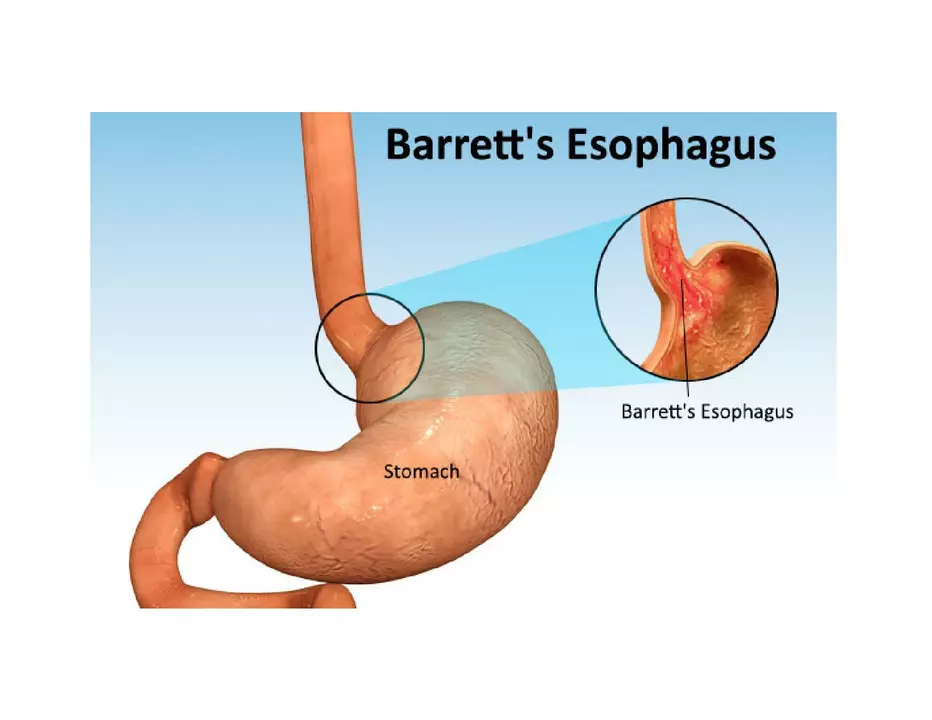Lansoprazole: what it does and what you need to know
Got heartburn, GERD, or a stomach ulcer? Lansoprazole is a common proton pump inhibitor (PPI) that lowers stomach acid to ease symptoms and help ulcers heal. You’ll see it sold under different brand names and in generic form. This page gives clear, useful facts so you know when lansoprazole might help and how to use it safely.
How lansoprazole works and when people take it
Lansoprazole blocks the pump in stomach cells that makes acid. Less acid means less burning, less damage to the esophagus, and faster ulcer healing. Doctors commonly prescribe it for gastroesophageal reflux disease (GERD), peptic ulcers, Zollinger-Ellison syndrome, and to protect the stomach when using NSAIDs long-term. It’s also part of some H. pylori treatment plans, alongside antibiotics.
Typical adult doses are 15–30 mg once daily for GERD or heartburn. For ulcers or severe conditions, doctors may use higher or longer courses—sometimes 8 weeks or more. Always follow your prescriber's instructions; don’t double doses to catch up.
How to take lansoprazole and practical tips
Take lansoprazole before a meal, ideally 30–60 minutes before breakfast. Swallow capsules whole with water; some forms can be opened and mixed with applesauce for people who have trouble swallowing—check the label or ask a pharmacist first. Try to take it at the same time each day for steady effect.
If you miss a dose, take it when you remember unless it’s almost time for the next one. Don’t take two doses at once. Many people feel better in a few days, but healing can take weeks. Stopping too soon may let symptoms return.
Warnings, common side effects, and interactions
Common side effects are mild: headache, diarrhea, nausea, or constipation. With long-term use, risks can include lower magnesium, reduced B12 absorption, and a slightly higher chance of bone fractures. For most people those risks are low, but they matter if you plan to use a PPI for months or years.
Lansoprazole can change how other drugs work. It can reduce activation of clopidogrel and affect medicines that need stomach acid to be absorbed (like ketoconazole or atazanavir). Tell your doctor about all prescriptions, OTC drugs, and supplements you take.
If you have severe stomach pain, unexplained weight loss, vomiting, trouble swallowing, or signs of an allergic reaction (rash, swelling, breathing trouble), get medical help right away.
Buying tips: lansoprazole is prescription-only in many countries. Use licensed pharmacies, check for a valid address and pharmacist contact, and avoid suspiciously cheap sites that won’t require a prescription. When in doubt, call your local pharmacy or your doctor.
Want personalized advice? Talk to your doctor or pharmacist — they can match dosing and duration to your condition and check for interactions with your other meds.

The effectiveness of Lansoprazole for treating Barrett's esophagus
I recently came across some interesting information about the effectiveness of Lansoprazole in treating Barrett's esophagus. It appears that this medication, which belongs to the proton pump inhibitor (PPI) family, can significantly reduce the production of stomach acid and alleviate symptoms associated with Barrett's esophagus. Moreover, Lansoprazole has shown promising results in preventing the progression of this condition to esophageal cancer. However, it is important to remember that while Lansoprazole can be an effective treatment option, it may not work for everyone and should be taken under the guidance of a medical professional. Overall, it's fascinating to learn about the potential benefits of this medication in managing Barrett's esophagus and improving the quality of life for those affected.
More Detail